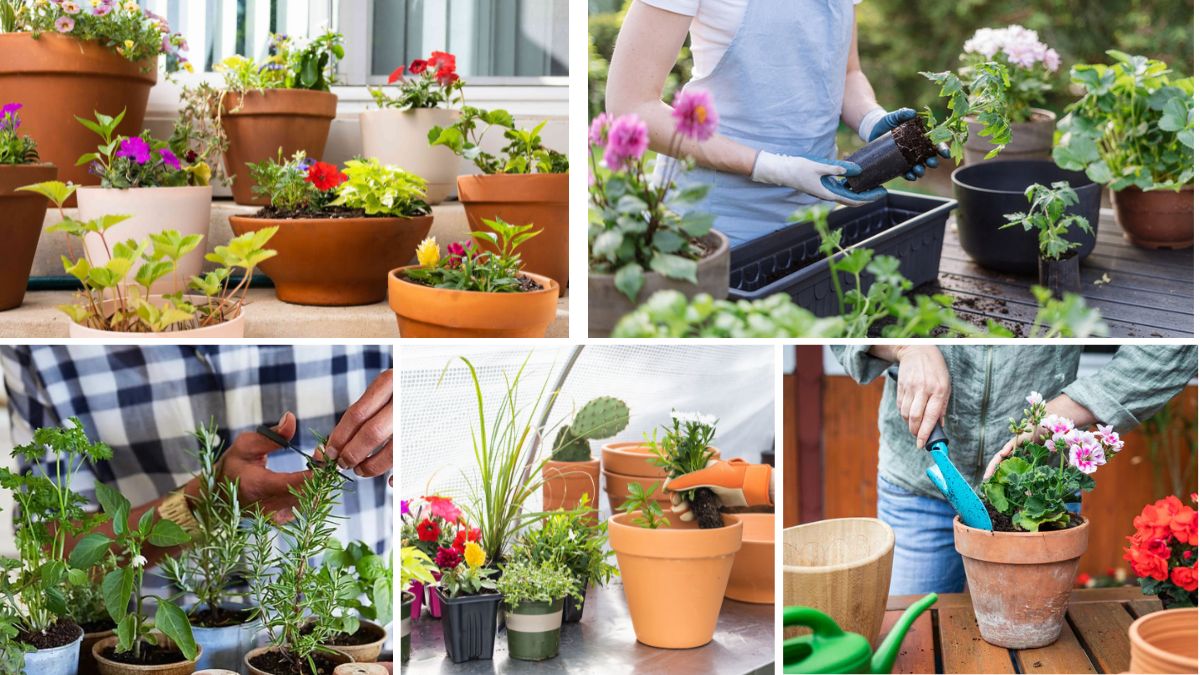A balcony container garden is a wonderful way to bring greenery and beauty into your home, even if you don’t have a backyard. Whether you want fresh herbs, colorful flowers, or small fruits and vegetables, container gardening is both rewarding and space-efficient. The best part is that you can customize it according to your style, available space, and the amount of sunlight your balcony gets. Here’s a step-by-step guide to help you create your very own balcony oasis.
1. Assess Your Balcony Space and Sunlight
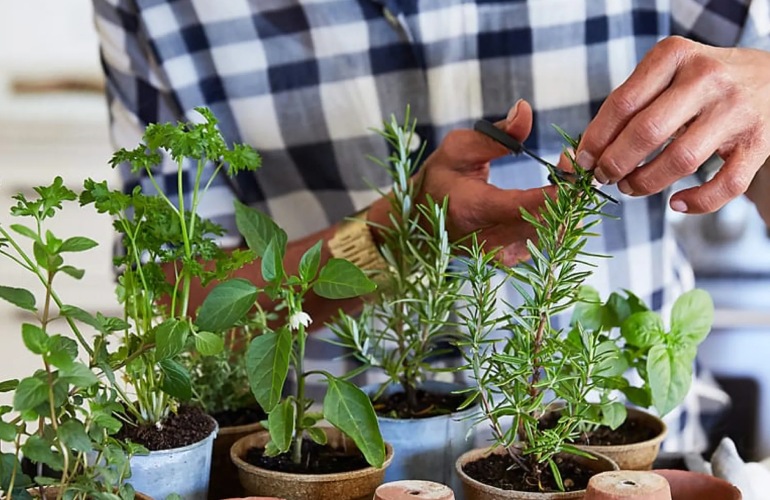
Before you start planting, take time to understand your balcony’s conditions. Observe how much sunlight it gets throughout the day—full sun (6–8 hours), partial shade (3–6 hours), or mostly shade (less than 3 hours). This will determine the types of plants you can grow successfully. Also, consider your balcony’s size and weight capacity, especially if you plan to use large containers or grow fruiting plants. Proper assessment ensures your plants thrive and your garden fits your lifestyle.
2. Choose the Right Containers
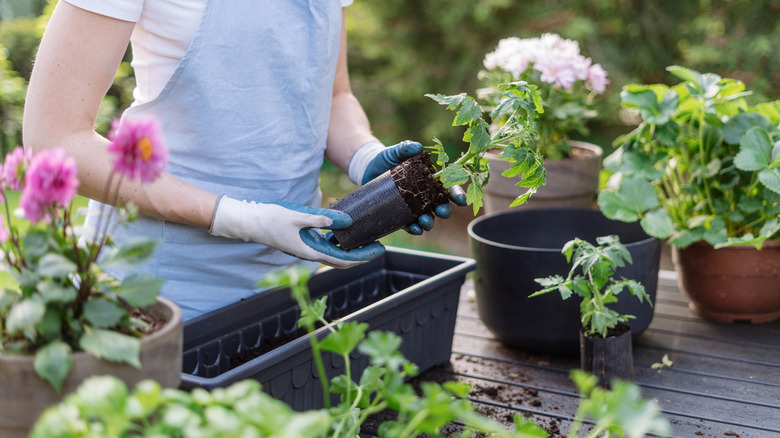
The type of container you choose will directly impact plant health. For balconies, lightweight but sturdy pots like resin, fiberglass, or plastic are ideal since they are easy to move. Ensure they have proper drainage holes to prevent waterlogging. You can mix and match container sizes—large pots for small trees or vegetables, hanging baskets for trailing plants, and window boxes for herbs and flowers. Choosing the right containers not only supports healthy roots but also adds to the balcony’s aesthetic charm.
3. Select Suitable Plants for Your Conditions
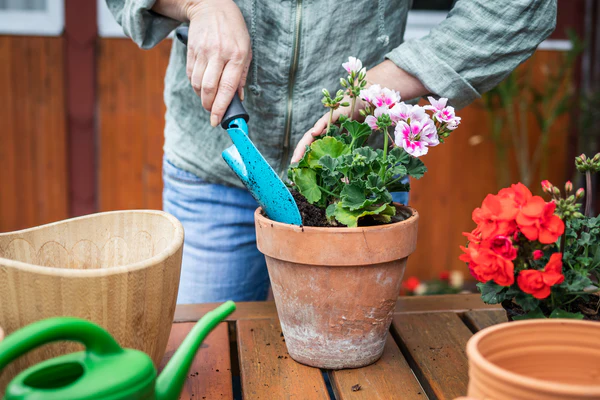
Pick plants that suit your sunlight, climate, and personal preferences. If you get lots of sun, go for sun-lovers like tomatoes, basil, marigolds, or succulents. For shaded balconies, opt for ferns, peace lilies, and impatiens. Consider combining ornamental plants with edibles for a more functional garden. Group plants with similar water and light needs together to make care easier. Remember, the right plant choice will mean less maintenance, healthier growth, and a more beautiful balcony space year-round.
4. Use High-Quality Potting Mix
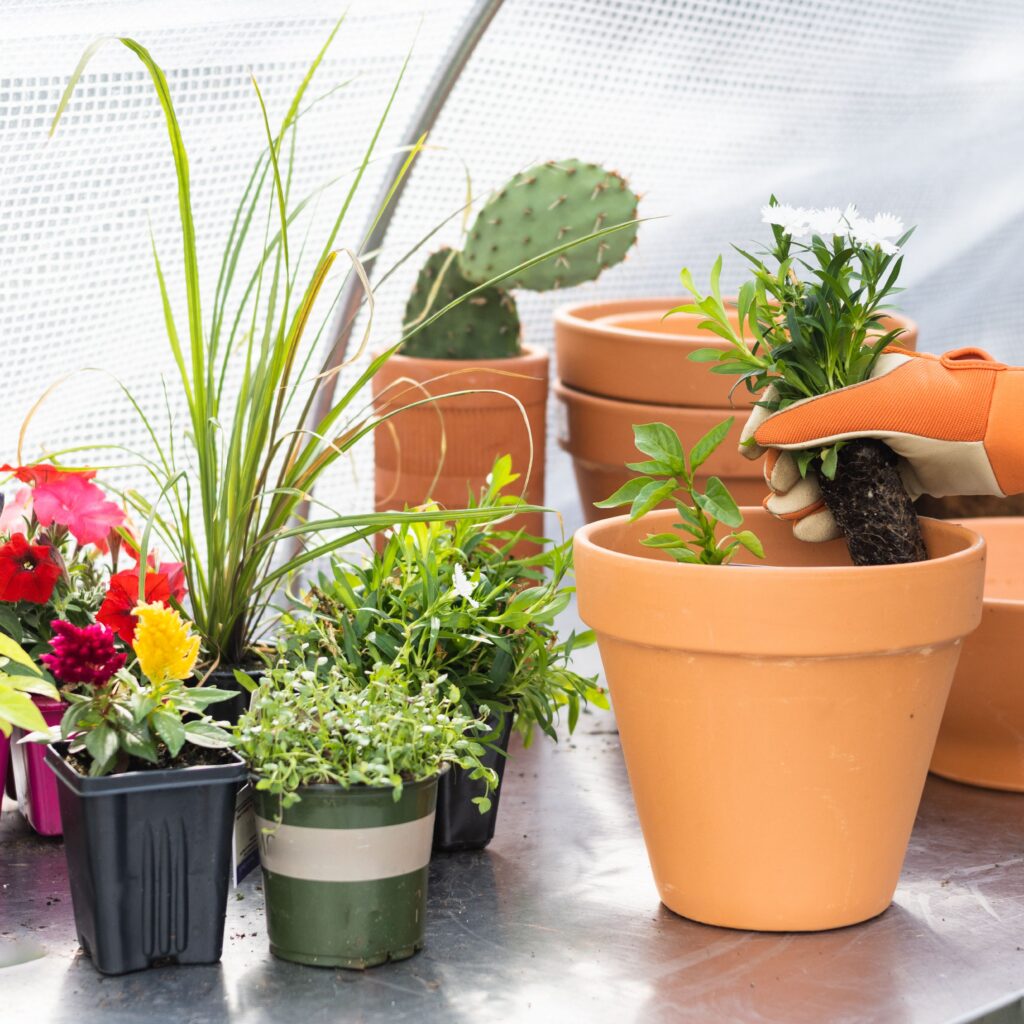
Garden soil is often too heavy and poorly draining for containers. Instead, use a high-quality potting mix that is light, airy, and enriched with nutrients. Look for a mix that retains moisture but also drains well to prevent root rot. For vegetable or fruit plants, you can add compost for extra nutrition. The right soil will encourage strong root development and lush growth, giving your balcony garden a healthy foundation to flourish in all seasons.
5. Incorporate Self-Watering and Drip Irrigation Systems

Balcony gardens can dry out quickly due to wind and heat exposure, so consistent watering is essential. If you have a busy schedule, consider self-watering pots or a small drip irrigation system. These setups provide steady moisture without overwatering, ensuring plants stay healthy even when you’re away. Mulching the top layer of soil with bark chips or coconut husk can also help retain moisture. Efficient watering will keep your balcony plants lush and thriving with minimal effort.
6. Add Decorative Elements for Style and Comfort
Your balcony garden should be both functional and visually appealing. Use colorful pots, hanging planters, or tiered plant stands to create height variation. Add fairy lights, outdoor rugs, or small seating to make it a relaxing space for morning coffee or evening reading. You can also introduce wind chimes, mirrors, or trellises for climbing plants to enhance charm. A well-decorated balcony garden becomes more than just a plant space—it becomes a peaceful retreat you’ll love spending time in.
